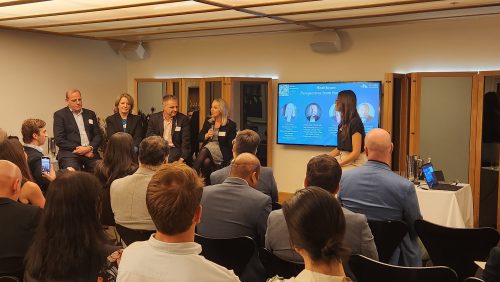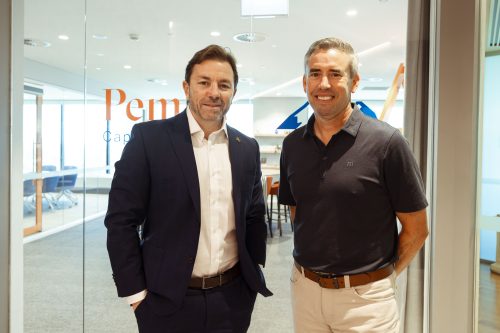Tom Simpson
Succession means different things to different people. It may be retiring to enjoy quality time with grandchildren or the ability to step back and work on, rather than in, the business. Although both options and various others in between imply different stages in one’s journey, we often find that founders have similar business aspirations when it comes to legacy, people and growth.
I wrote recently about three major influences (see article Protecting the Family Legacy) on the succession process and how founders considering a growth partner can use these to help choose and align a potential partner. It is equally important that founders understand the full array of potential succession structures available to them and how a growth partner can facilitate these. I have outlined three common structures we explore to help meet shareholder succession objectives.
The final sprint or just a helping hand (a partial sale)
To obtain a premium valuation on exit, we often say that the exit planning process should start years before the desired point in time. A partial sale allows founders to sell-down a portion of their business on day one whilst also retaining a meaningful stake alongside an experienced growth partner to help work towards an ultimate exit. This is what we call the “double pay day” structure and is linked to the founder’s personal time, legacy and growth objectives. Benefits of such a structure include:
De-risking: Opportunity to take some cash off the table on day one whilst still sharing in future upside. This day one liquidity event is flexible and linked to founder preference.
People: Opportunity to reward and retain existing key talent through different equity incentives. Also, the opportunity to attract new talent (CEO, CFO, board members) to ensure the right people are in place to achieve growth and succession objectives moving forward.
Growth: Engaging an experienced partner to help provide capital and guidance to execute on growth initiatives and drive scale. These can be organic or inorganic (mergers/acquisitions), domestic or international.
Family dynamics (a full or partial sale)
Different members of a family may perform various roles within a business. This can lead to ownership challenges as generations look to exit, others look to enter, and others show no interest at all! A potential growth partner should understand each family members aspirations before putting any structuring ideas forward to shareholders. Options we have seen include fully cashing out a generation, providing assistance to help one or more children buy back in alongside Pemba or, a partial exit to help a generation de-risk and partnering with a growth investor to support the next generation on the growth journey.
Management wants a piece (management buyout with a capital partner)
When it comes to succession, founders often have their management team in mind as they are key to achieving future growth and legacy objectives. By becoming owners in the business, it is seen as a way of not only rewarding but retaining these essential members of the team. A growth partner can facilitate such a transition both financially (e.g. via loans to help management buy in) and strategically (a partner to help transition and grow into the future).
A full exit is not the only option available to founders considering their succession options. A flexible growth partner willing to accommodate shareholder objectives can provider one or a combination of the above as options.
If you are interested in learning more about the above or potential options available to you, please contact me at info@pemba.com.au



